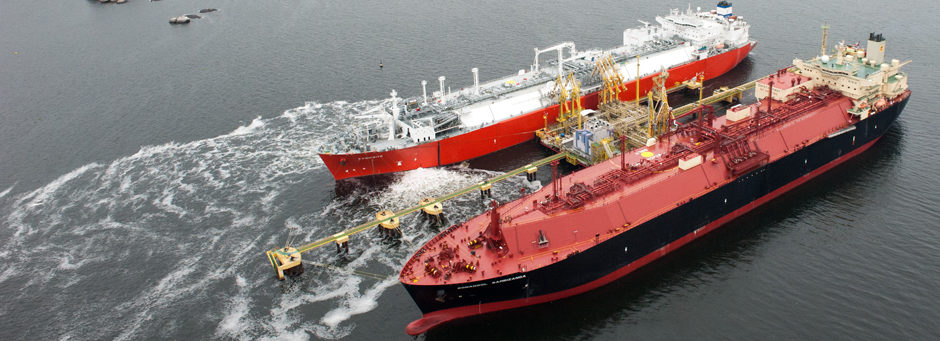
Angolan production has continued to decline, falling to 1.284 million barrels per day in November, making the government’s efforts to overhaul its energy sector and attract new investment ever more important.
Total’s shift to exploration in 2020 throws open new possibilities for the West African state, although the high cost of doing business is likely to continue deterring all but the largest of companies.
The last two years have seen the administration, under Angolan President João Lourenço, take a number of steps to tackle the country’s energy sector problems. Angola is struggling with production declines across a number of blocks. Stemming this tide is the first step for the government, which will be followed by – hopefully – the approval of new megaprojects.
There are some early positive signs. Recently, Total announced a deal to buy into Blocks 20/11 and 21/09 in the Kwanza Basin, paying Sonangol $500 million, of which $100mn will come on a final investment decision (FID) for a new development hub on the area. Further payments are triggered by production and pricing.
Another positive step has been Eni’s work in Block 15/06, with the company responding to reforms in the law to carry out exploration and appraisal work.
Gas
There has been one new project, the New Gas Consortium, which is intended to develop resources for sale to the Angola LNG project. This is first ever group to focus on developing non-associated gas in the country.
A deal was signed on the new group in late October, with BP, Chevron, Total and Eni coming on board with Sonangol. The intention is to begin producing new resources for the liquefaction facility in 2022 to cover the predicted decline of existing flows to the plant, through an investment of around $2 billion.
In addition to Angola LNG, the new supplies should also feed gas to a power plant in Soyo and a fertiliser plant, which Angola intends to build with support from Russia. Negotiations on the gas consortium began in January of this year. The plan is to develop gas fields in Blocks 1, 2, 3 and 15/14.
A presentation from Sonangol earlier this year highlighted the potential for gas in the country, saying this made up 31% of the country’s 13.48 billion barrels of oil equivalent resource. Previously, Angola lacked exploitation terms for gas but this was changed under PD 7/18, passed in 2018, with the country also opting to join the Gas Exporting Countries Forum (GECF) that year.
In service
Among the package of reforms launched by Lourenço was Presidential Decree (PD) 86/18. This updated rules for tenders and procurement in the oil sector. This makes some progress in loosening the requirements for tendering although with only fairly small amounts being involved. Contracts of more than $5 million must be carried out through a public tender and involve the concessionaire.
“Significant contracts will still need a public tender and concessionaire approval,” Bracewell lawyer Adam Blythe told Energy Voice, “but it’s certainly an improvement. The other positive thing [the law] did is that it brought in the notion of ‘deemed approval’, where if the concessionaire doesn’t respond within a specified time it is deemed to have approved the tender. In other jurisdictions, we’ve seen an inability to reach quick decisions can hold up the process.”
Improving prospects for operators will have a likely “trickle down” impact on service companies, the Bracewell lawyer continued. “The government is trying to make things easier.”
Rystad Energy’s senior analyst Siva Prasad noted increased financial strength in Angola’s banking sector as helping to make the case for the country attracting investors. Given that companies in Angola are required to process payments through local banks, the financial sector’s health plays an important part in operating in the country.
Deepwater
Rystad Energy’s senior analyst Siva Prasad said reforms to the Angolan sector were “encouraging for upstream development, especially deep water segment … BP and Eni have already been granted the marginal field status on a few of their deepwater finds.”
Prasad went on to highlight Palas Astraea Juno (PAJ) on BP’s Block 31, Alho Cominhos Cominhos East (ACCE) on Total’s Block 32, full field development plans at Agogo and the Kalimba cluster on Eni’s Block 15/06 and the Chissonga complex on Total’s Block 16.
Sonangol is going through a process of reforms and privatisation, with the Rystad analyst noting that the company’s stake in Block 32 – which holds the existing Kaombo project and the planned ACCE – appeared to be up for grabs.
Despite the reforms, Angolan opportunities are likely to be dominated by existing players, said Enverus’ senior E&P analyst for sub-Saharan Africa Jimmy Boulter. “I don’t really see a way in at the moment for any independents or new investors,” Boulter told Energy Voice. The recent licence round, focused on the Namibe Basin, demonstrates this, “with such a small amount of time given to review the data and submit bids, it’s no wonder that only the majors already present in Angola decided to partake in the bidding. So it seems evident that the country will continue to be a playground for the majors.”
Eni has driven exploration over the last two years and Total is planning to drill three wells in 2020. The next phase for Angola will be whether it can pull off frontier exploration successfully, such as in the Namibe Basin, the Enverus analyst continued.
